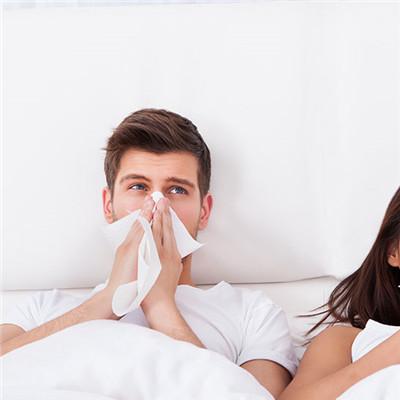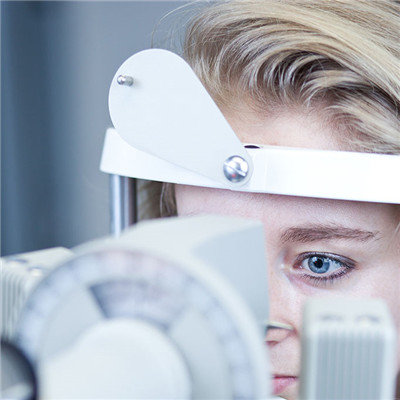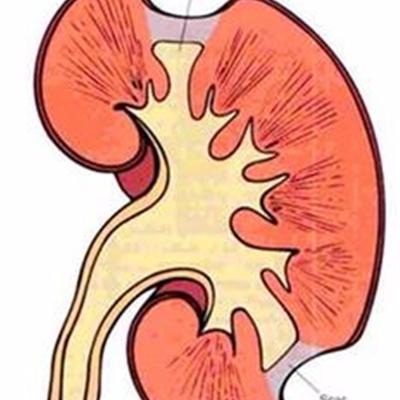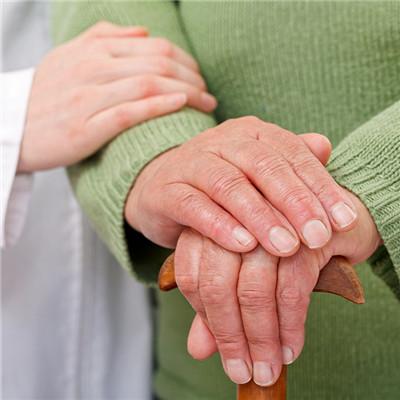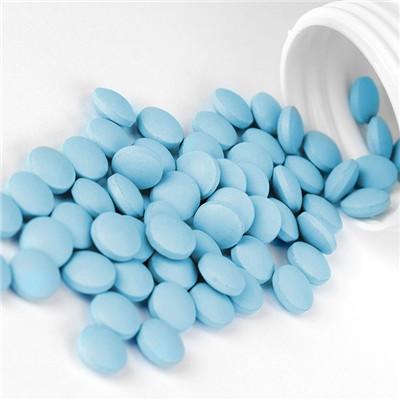What is interstitial lymphoid tissue hyperplasia
summary
There are many diseases, we all know some of its clinical symptoms or causes, but we don't know the name of the disease. The lymph is all over our body, so the lymph tissue also plays an important role. Now let's talk about what is called interstitial lymphoid tissue hyperplasia.
What is interstitial lymphoid tissue hyperplasia
First, more than 90% of giant lymph node hyperplasia belongs to this type. Most of the patients were asymptomatic. Lymphoid follicles proliferated in lymph nodes, scattered in the cortex and medulla of lymph nodes. Generally, lymphoid follicles and germinal centers are not large. The capillaries proliferated in lymph nodes and extended into lymph follicles. The endothelial cells of these capillaries were swollen and surrounded by collagen fibers or glass like substances. They were located in the center of lymphoid follicles, much like Hassall bodies of thymus.

Second, most of the mature small lymphocytes arranged centripetally around the germinal center, forming onion skin like layers. There are also many blood vessels in the lymphoid tissue between the follicles, surrounded by fibrous tissue or collagen fibers, and often accompanied by infiltration of plasma cells, immunoblasts, eosinophils and histiocytes. Lymph node is an important immune organ.

Third: all kinds of damage and stimulation often cause reactive proliferation of lymphocytes and tissue cells in lymph nodes, making lymph nodes swollen, which is called reactive proliferation of lymph nodes. There are many causes. Bacteria, viruses, poisons, toxic products of metabolism, denatured tissue components and foreign bodies can all become antigens or allergens to stimulate the reaction of lymph tissues.

matters needing attention
There are many reasons may lead to lymphoid tissue lesions, and through the above understanding, we have a corresponding understanding of interstitial lymphoid tissue hyperplasia. In this way, patients can pay more attention in their daily life, prevent the emergence of this disease, and better prevent and stay away from it.


